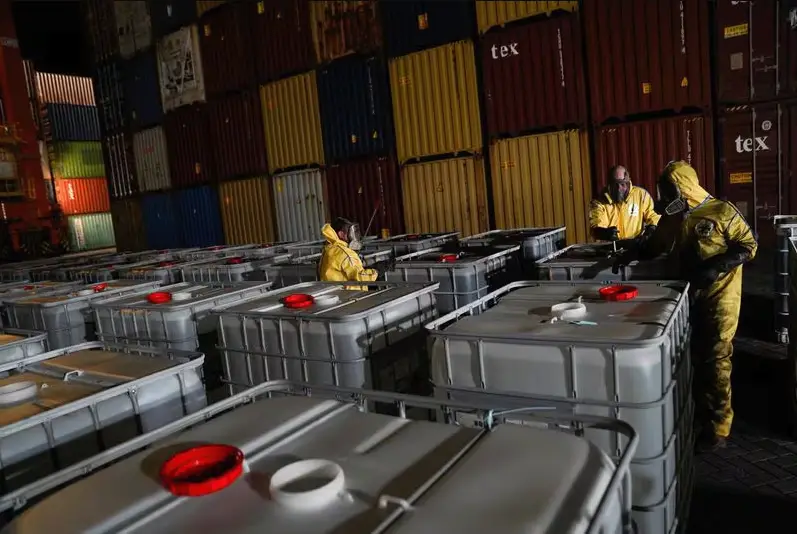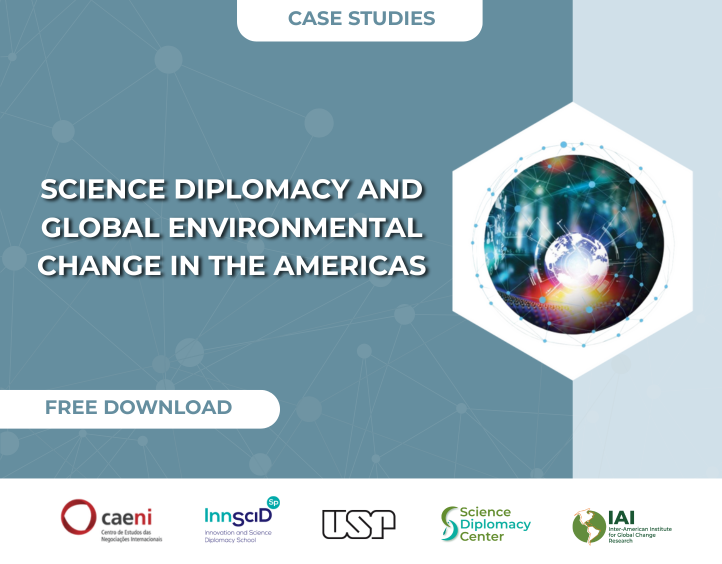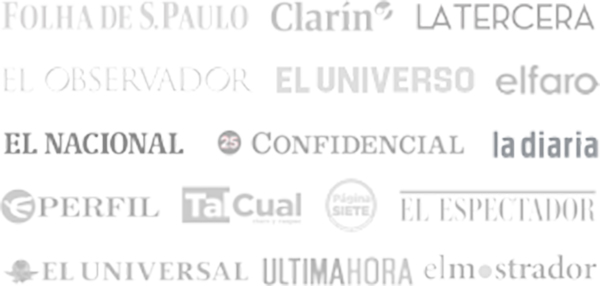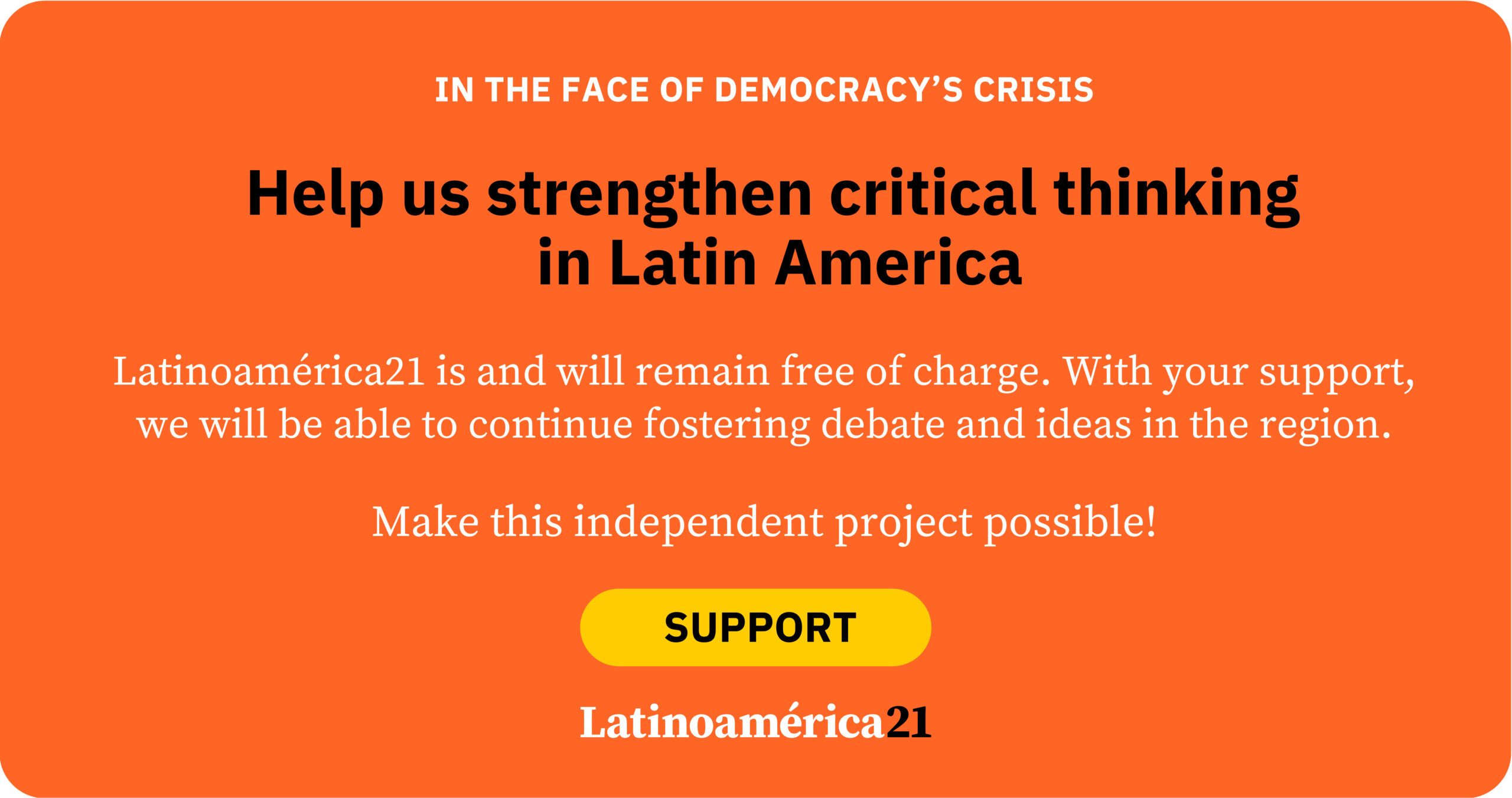The growing sophistication of criminal networks in Latin America has led to the rise of brokers specialized in money laundering, acting as key intermediaries between cartels and the formal financial system. These individuals—often coming from the business and financial sectors—design transnational schemes that blend fictitious international trade, institutional collusion, and evasion technologies to legitimize illicit capital. Their influence goes beyond money laundering: they have permeated both legal and illegal markets by manipulating trade and financial flows.
Cases like the dismantling of the “Brokers” structure in Colombia, which moved $98 million, and the arrest of broker Zhi Dong Zhang, linked to Mexican cartels, reveal the scale of these illicit operations. They are reshaping international trade systems through infiltration of global supply chains, exploitation of regulatory loopholes, and the region’s systemic corruption. This scenario poses an urgent challenge: to strengthen regulatory frameworks and international cooperation to effectively counter these threats to Latin America’s economic and social stability.
Operational anatomy of drug trafficking brokers
Organized crime brokers have evolved. Beyond laundering money, they act as financial architects of transnational networks. Their multidisciplinary profiles span finance, foreign trade, and logistics, enabling them to use legitimate companies to mask illicit flows—as seen in the case of a Colombian-Australian broker nicknamed “Four,” who coordinated ten cocaine and methamphetamine trafficking operations between 2019 and 2021. He used legal export companies trading dried fish and timber in Colombia, Ecuador, and Mexico. His operations involved document forgery and bribery to infiltrate corrupt customs structures.
This ability to operate under a legal guise is far from rare. Their integration into formal economic sectors boosts their evasion capacity. This was evident in the case of Colombian brokers arrested in 2021 who used leather goods companies to justify wire transfers through fictitious contracts with Mexico, Costa Rica, and Panama. In Colombia, brokers have refined a dual-contamination model that deepens money laundering opacity. In the first phase, shell companies abroad simulated trade to justify the inflow of illicit capital. In the second, corrupt accountants and bankers manipulated financial records to reclassify the funds as legitimate business earnings. According to prosecutors, 1% of the laundered amount was used to pay bribes and ensure the scheme’s continuity, leveraging institutional complicity.
But financial concealment isn’t limited to Latin America. Operation Fortune Runner in Downey, California, exposed a laundering network linking Chinese gangs to the Sinaloa Cartel. Their strategy involved encrypted codes printed on gift bags to move $226,600 per transaction—avoiding physical cash transport and using bank accounts in Hong Kong and Malaysia. This modern hawala system combined digital transfers with account adjustments in tax havens, minimizing seizure risks and enabling the global flow of illicit capital.
Cross-border operation case studies
The 2024 arrest of Zhi Dong Zhang in Lomas de Santa Fe, Mexico City, exposed a key node in global drug trafficking’s financial and logistics infrastructure. This Chinese-Mexican broker was a vital link in importing chemical precursors from Guangdong (China) and Dhaka (Bangladesh) for the Sinaloa and CJNG cartels. His scheme relied on shell companies registered in China’s special economic zones to justify transactions of non-controlled chemicals, bribes to customs inspectors in Manzanillo and Lázaro Cárdenas to ease unsupervised entry, and financial triangulation via offshore accounts—40% of payments were made in cryptocurrency.
This case highlighted the growing interdependence between drug and money-laundering brokers. In addition to supplying precursors, Zhang laundered profits through real estate investments in strategic locations like Puerto Vallarta and Cancún. His model reflected the evolution of financial crime and revealed how the line between drug trafficking and the formal economy blurs through sophisticated corruption networks and legitimate business structures.
International investigations into broker Four also revealed how these networks exploit structural flaws in legal trade to maximize operations. One key tactic was hijacking exports by infiltrating a legal Colombian dried-fish exporter to conceal cocaine shipments bound for Hong Kong—without the owner’s knowledge. This was coupled with document manipulation, including forged health certificates and packing lists for products like timber and tequila, to bypass customs controls and leverage trust in official seals.
To top it off, Four deployed advanced tactics to ensure successful shipments, including bribing transporters and oil tanker captains. The latter diverted shipments at sea using tampered GPS devices to avoid detection by maritime monitoring systems. His business model went as far as offering turnkey smuggling solutions to cartels—estimated at $8.5 million for shipping two tons of cocaine to Australia, covering bribes, logistics, and insurance against seizures.
Systemic impact and containment measures
In Colombia, drug-linked brokers have used leather goods companies to sell products up to 60% below market value, displacing legitimate firms with injections of illicit capital. A similar pattern has emerged in Mexico, where home appliance stores and travel agencies serve as fronts for laundering money—disrupting commercial dynamics and empowering criminal structures at the expense of the formal business sector.
Meanwhile, broker infiltration in financial institutions is increasingly evident. In Colombia, bank employees created false early alerts to derail investigations, while certified accountants validated tampered financial statements to legitimize illicit cash flows. In Mexico, Operation Fortune Runner revealed how Chinese brokers co-opted executives at international banks, fast-tracking suspicious transactions and lowering the risk of detection within the global banking system.
Technological innovation has further boosted regulatory evasion, keeping these criminal networks one step ahead of authorities. Brokers have led the adoption of encrypted communication tools—such as ANOM, infiltrated by the FBI in 2021—to coordinate transnational operations in secrecy. They’ve also embraced decentralized finance using crypto mixers and stablecoins, fragmenting money flows to hinder traceability. Some have even perfected digital forgery, altering PDF metadata to bypass customs controls based on OCR scans. This isn’t just infrastructure—it’s a parallel financial ecosystem challenging traditional regulatory frameworks.
Mitigation strategies and international cooperation
Fighting money laundering and criminal broker networks demands stronger cross-border cooperation. Australia’s Operation Ironside proved that sharing financial databases and using artificial intelligence can more accurately detect suspicious patterns. Similarly, automated cross-checking of export declarations against actual shipment reports could help detect irregularities before illicit funds enter the formal financial system—disrupting laundering structures in their early stages.
The private sector must also take a more active role in prevention by strengthening due diligence throughout supply chains. There’s a clear need for external audits of business partners and adoption of anti-bribery standards such as ISO 37001. At the same time, legal reforms must toughen penalties for professionals who enable illicit operations—including mandatory certifications, joint liability for accounting firms, and whistleblower protections within the financial sector.
However, the constant evolution of these illicit markets brings new challenges. Cartel fragmentation has increased demand for independent brokers, creating a growing ecosystem of specialized criminal services. These networks continue to innovate—from greenwashing schemes using fake carbon credits to deepfakes impersonating executives for bank authorizations. While recent arrests like Zhang’s and the dismantling of Colombian cells mark progress, the challenge lies in developing equally dynamic responses—combining artificial intelligence, enforceable legal frameworks, and greater corporate accountability in monitoring business operations.
*Machine translation proofread by Ricardo Aceves.













